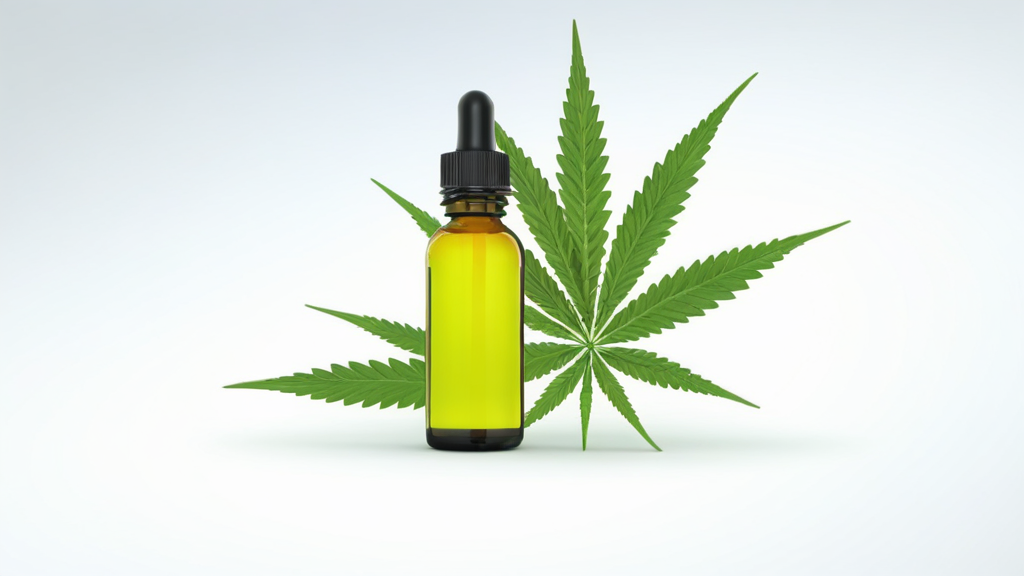Introduction
Nowadays, it’s hard to escape the buzz surrounding cannabidiol (CBD). With a plethora of products available, such as creams, tinctures, salves, lozenges, and gummies, all claiming various benefits, including relief from muscle and joint pain, it’s natural to wonder if CBD lives up to the hype. While there is a lot of promise, the scientific research is still catching up to fully understand its efficacy.
What is CBD?
CBD is a plant-based chemical found in the Cannabis family of plants. It is a specific type of chemical called a cannabinoid, which can interact with your body and affect how you function and feel. CBD, along with tetrahydrocannabinol (THC), is one of the most well-known cannabinoids found in cannabis plants.
The Endocannabinoid System
CBD is believed to work by interacting with the endocannabinoid system (ECS) in your body. The ECS is a communication system between your cells that helps maintain the balance of your body’s internal environment. It is thought to play a role in pain relief, inflammation reduction, stress reduction, and more. While the exact mechanisms of how CBD affects the ECS are still being studied, it is believed to mimic the effects of naturally occurring endocannabinoids.
CBD vs THC: Understanding the Difference
CBD and THC are both cannabinoids, but they have distinct differences. THC is known for its psychoactive effects, which can alter your mood and cause feelings of euphoria. On the other hand, CBD does not produce the same intoxicating effects. While THC can activate the ECS more strongly, CBD seems to activate it enough to provide relief from pain, nausea, and other symptoms without the same psychoactive sensations.
Hemp vs Marijuana
CBD and THC also differ in their sources and legal regulations. CBD must come from hemp, a cannabis plant with less than 0.3% THC, to be sold legally. Any cannabis plant with more than 0.3% THC is generally referred to as marijuana. The legal limits of THC in cannabis products can vary from state to state, so it’s important to check your local regulations.
Prescription Requirements
CBD products with low levels of THC do not require a prescription for medical use. However, products with higher THC concentrations, such as medical marijuana, typically require a prescription. It’s important to be aware of the regulations in your area and consult with a medical professional if needed.
Can CBD Help Relieve Pain?
While there is still ongoing research, early studies suggest that CBD may have potential for pain relief. For example, one study found that CBD can reduce the need for opioids in people with chronic pain. Other studies indicate that CBD may help with nerve pain and muscular symptoms of conditions like multiple sclerosis. However, not all studies show consistent results, and more research is needed to fully understand CBD’s effectiveness for different types of pain.
Considerations and Precautions
If you are considering using CBD for pain relief, it’s important to approach it with caution. CBD products can interact with certain prescription medications, so it’s essential to consult with a healthcare professional before starting CBD treatment. Additionally, since CBD products are not regulated by the FDA, it’s crucial to choose products that have been independently evaluated for their components and come from reputable companies.
Seek Professional Advice
To make an informed decision about using CBD for pain relief, it’s recommended to consult with a medical provider or a healthcare team. They can provide personalized guidance based on your specific needs and help you navigate the available options.
In conclusion, CBD shows promise as a potential natural remedy for pain relief. While more research is needed to fully understand its effectiveness and mechanisms of action, many people have reported positive experiences with CBD. If you are considering using CBD, it’s important to gather all the necessary information, consult with a healthcare professional, and make an informed decision based on your individual circumstances.
